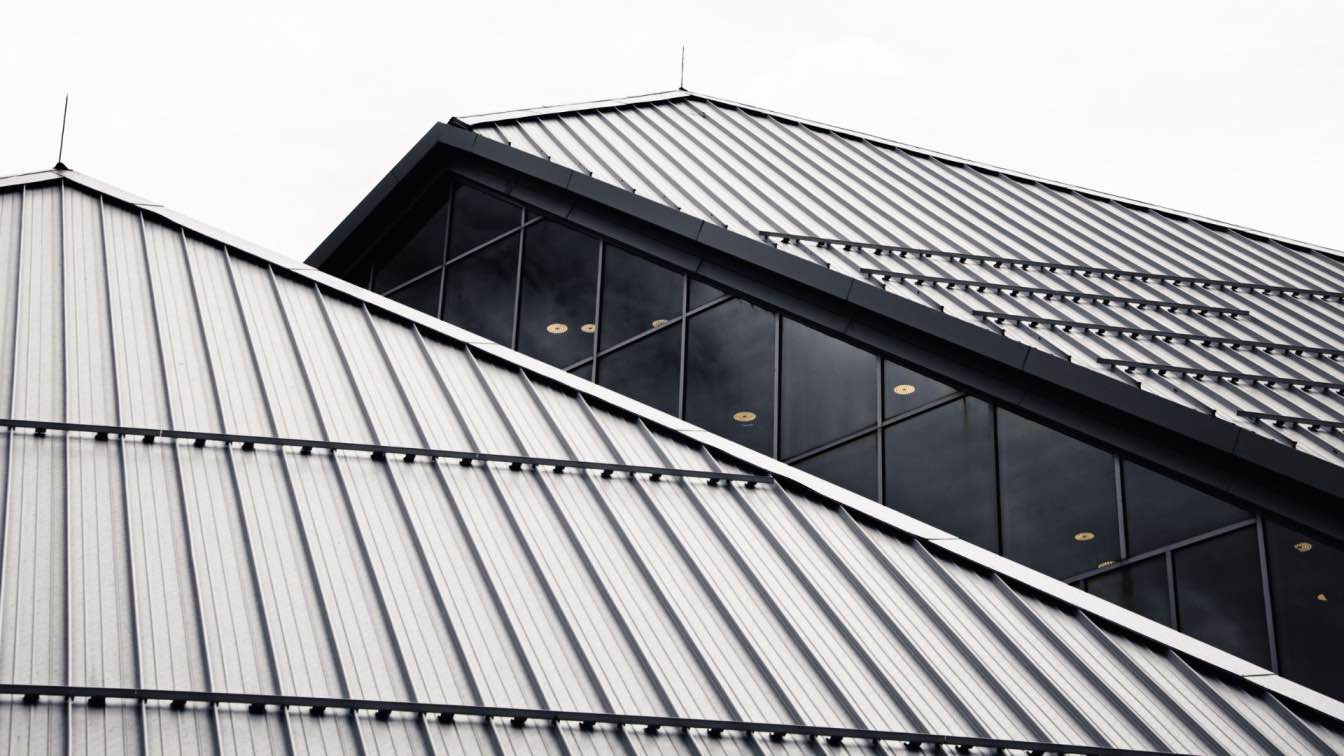New Zealand’s location in a somewhat more secluded part of the world, compared to somewhere such as the United States, has helped it to produce architecture that exudes a more personal touch. Project after project has enabled the architects working on it to really shape New Zealand’s architectural voice.
The New Zealand style blends modern simplicity with traditional patterns and passions that run deep. Buildings nod to the past while also looking to the future. The national architectural style also has a penchant for harnessing natural elements such as light to powerful effect, allowing for outstanding buildings. Below is a look at some of New Zealand’s best buildings.
Christchurch Casino
This lively casino in Christchurch, South Island, is an inviting building that radiates warmth and gently draws in guests. The canopy-like façade creates a simultaneous sense of shelter and cosiness and, thanks to the glass of the canopy and all the windows, light pours in, heightening the sense of warmth and the welcoming atmosphere.
If the architecture isn’t enough to draw in players, the gaming offering is. Christchurch Casino offers 32 games, including roulette, blackjack, baccarat and poker, and more than 450 slots. Players can enjoy refreshments at stellar catering facilities and, if they’re members of the casino’s Players’ Club, they can enjoy bonuses, free parking during casino hours and more. The casino also offers VIP gaming facilities.
Of course, the popularity of online casino gaming means that Christchurch and other casinos face stiff competition, which is why many double down on offering a fantastic experience. They know how hard it is for a casino online NZ or anywhere else to replicate the experience of playing in a traditional casino.
The Beehive
The Beehive, in Wellington, is the common nickname for the Executive Wing of the New Zealand Parliament. This iconic landmark houses the offices of the prime minister and other ministers. The building’s design is like a traditional woven beehive. The building itself has 10 floors and four below the ground. The building core is decorated with marble floors, a translucent ceiling and steel-meshed wall panels.
The entrance foyer is a double-storey affair and features walls of New Zealand macrocarpa, Tākaka marble-clad columns, a translucent onyx wall at one end, and opaque, glazed ones at the other end. The banquet hall likewise features Tākaka marble-clad columns, and the tongue-and-groove floor is made from native New Zealand timber, laid in segments coming from the core of the building, in line with British architect Sir Basil Spence’s original concept of the offices radiating from a central core.
Cardboard Cathedral
The Cardboard Cathedral, officially known as the Transitional Cathedral, is one of Christchurch’s main architectural wonders and a symbol of progress following a devastating earthquake in 2011. The cathedral features elements of wood, steel and polycarbonate, and some of the furniture has been made from wood recycled from homes broken during the earthquake. The front of the building features modern stained glass and is triangular.
The restoration of the building after the earthquake wasn’t without controversy. In a surprising move, the Anglican Diocese opted to rebuild the cathedral in a more modern way instead of simply repairing it. Some would have liked to restore the cathedral back to its original state, not only because of its architectural significance but also because of its place in the founding of the city. In the 1850s, the provincial council gifted the land to the church to build Christchurch around it.
Dunedin Railway Station
Dunedin Railway Station, in the city of Dunedin, is a well-known landmark and famous for its ‘Gingerbread House’ appearance. White Oamaru limestone facings on black basalt rock are responsible for this and the dramatic air it creates.
The building itself dates to 1906 and is of the Flemish Renaissance style. The design and construction of the station took place in lavish times, and this is reflected in the style of the booking hall floor. Nearly 750,000 Royal Doulton tiles make up the floor.
The size, grandeur and embellishments of Dunedin Railway Station earned the architect, George Troup, the nickname ‘Gingerbread George’. On the ground floor, you’ll find a large restaurant that takes up much of the floor, whereas on the upper floor, you’ll encounter a sports hall of fame and an art gallery.
A sense of having its own style has helped New Zealand to develop some superb buildings that bear a personal touch while nodding to the past but also looking to the future. The buildings above have become iconic landmarks, known not just in their locations but also throughout New Zealand. Other buildings that sparkle because of their admirable architecture include the New Zealand Voyager Maritime Museum and the Hundertwasser Art Centre with Wairau Māori Art Gallery.





